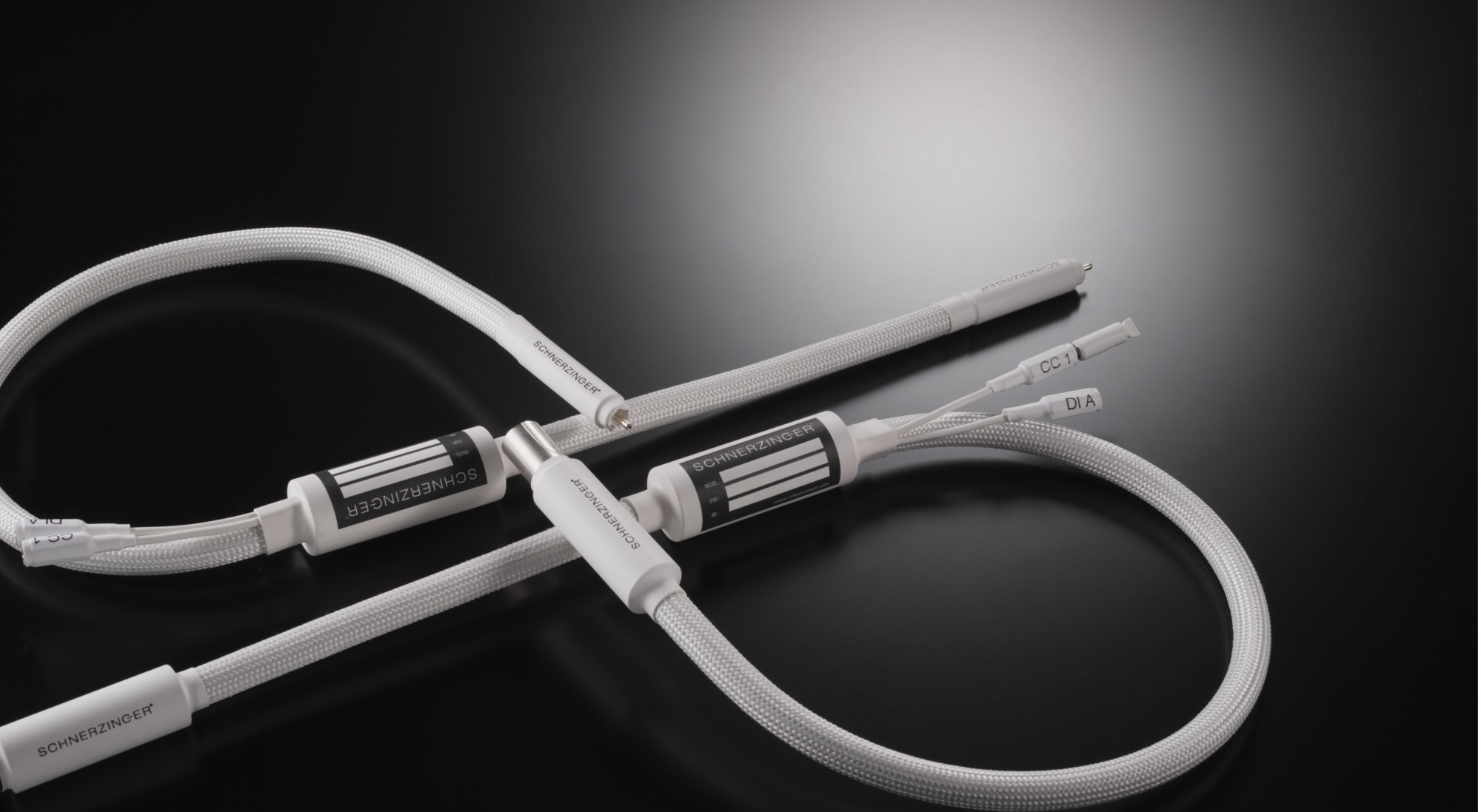
Like live music, naturally and absolutely authentic...
Liebe Musikfreunde, aller Anfang ist schwer, also wo starten .. vielleicht hier, verfolge mein High-End Hobby seit nunmehr 30 Jahren und habe in der Zeit sicher viele Baustufen und Entwicklungen im High-End Bereich mit gemacht. In der Zwischenzeit höre ich






